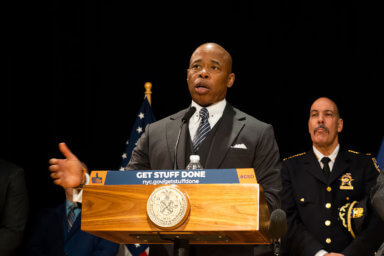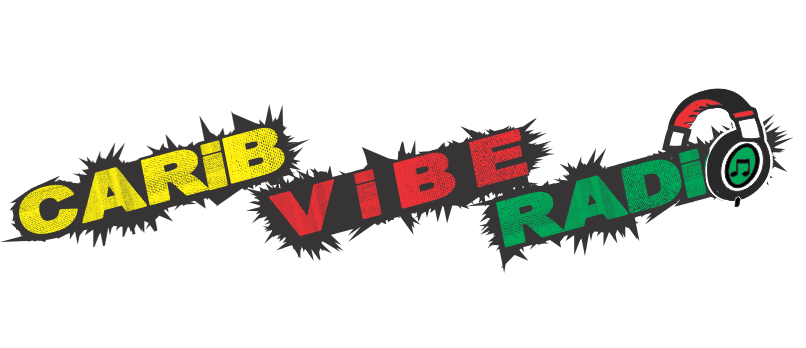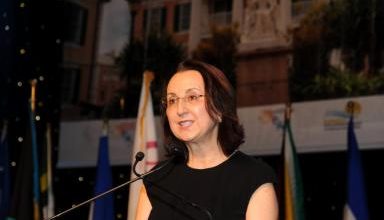Adams announces additional policies for Caribbean asylum seekers in city shelters

New York City Mayor Eric Adams on Monday announced additional policies to help Caribbean and other asylum seekers in the city’s care take the next steps in their journeys, as the current surge at the southern borders and additional bussing from the State of Texas result in what the mayor describes as “an unsustainable spike” of migrants arriving in New York City seeking shelter.
Many of the asylum seekers arriving in New York City from the southern borders of the United States are nationals of Cuba, Haiti, Venezuela and Nicaragua.
Adams said the city has made every effort to continue serving the more than 126,700 asylum seekers who have arrived in New York City since last spring.
But, with an average of about 600 people arriving daily in the last week and over 64,100 migrants still currently in the city’s care, he said New York City is “full and past its breaking point — having responded to this humanitarian crisis without the level of support needed from other levels of government to manage this national crisis.”
As the city still seeks further and timely support from federal and state partners, the mayor said it will begin providing 60 day-notices to families with children seeking asylum to find alternative housing, along with intensified casework services to help them explore other housing options and take the next steps in their journeys.
Adams said each household given notice will have multiple touchpoints with case workers over their 60 days to discuss their options and plan their next steps.
This announcement builds on the city’s work giving 30-day and 60-day notices to adults, and providing intensified casework services.
Additionally, the mayor announced that Floyd Bennett Field, at the southern tip of Brooklyn, will open in the coming weeks to serve families with children seeking asylum in a semi-congregate setting.
He said privacy dividers with locks will be installed to provide about 500 families with children a place to stay.
As cities and states across the US continue to see an unsustainable surge in migrants, just this week, Illinois Governor J.B. Pritzker joined the calls of Mayor Adams, New York Gov. Kathy Hochul, Massachusetts Gov. Maura Healey, and others for a national solution to this national crisis.
In response, Adams said the White House cited New York’s “best practices” put in place to deal with the asylum seeker crisis.
“For over a year, New York City has led the response to this national crisis, but significant additional resources, coordination, and support are needed from all levels of government. With over 64,100 asylum seekers still in the city’s care, and thousands more migrants arriving every week, expanding this policy to all asylum seekers in our care is the only way to help migrants take the next steps on their journeys,” said Mayor Adams.
“This step builds on our work providing notices and intensified casework services to adults in the city’s care to help them move to alternative housing,” he added. “We appreciate the White House citing our ‘best practices’ as other cities also deal with this crisis. But, with the current surge we’re seeing, a comprehensive, coordinated effort from the federal government to decompress the pressure New York City is under is needed now.”
“As we continue to respond to this ongoing humanitarian crisis and manage this unprecedented surge, we must continue to implement new strategies to relieve the pressure on our shelter system,” said Deputy Mayor for Health and Human Services Anne Williams-Isom.
“This action of providing time specific notices to families paired with intensive and sustained case management will help us resettle people more quickly helping them on their journey to independence and providing some relief to our already strained emergency housing system,” she added. “Without additional support from our federal partners, we have to use all of the tools available to us to manage this humanitarian crisis.”
“Our mission is to help asylum seekers complete their journeys and find a better life for themselves and their children,” said Ted Long, MD, MHS, senior vice president, Ambulatory Care and Population Health, NYC Health + Hospitals. “Throughout this crisis, New York City has proudly helped over 126,700 asylum seekers, and with our help nearly half have taken the next step in their journey and left our city system.
“Going forward, case management will be a cornerstone of our response, giving us the ability to provide targeted support to help asylum seekers and their families resettle,” he added. “This will ensure we continue to deliver life-changing assistance for the thousands of asylum seekers from around the world who turned to us for help.”
Since this humanitarian crisis began, Adams said the city has, among other things, taken “fast and urgent action”, already opening over 210 emergency shelters, including 17 total large-scale humanitarian relief centers; standing up navigation centers to connect asylum seekers with critical resources; enrolling thousands of children in public schools through Project Open Arms; and launching the Asylum Application Help Center to help thousands of migrants with their asylum applications.
Earlier this spring, the city released “The Road Forward: A Blueprint to Address New York City’s Response to the Asylum Seeker Crisis,” detailing how the city will continue to manage the influx of asylum seekers and advocate for support from federal and state partners.
Over the weekend, the New York Immigration Coalition (NYIC), an umbrella policy and advocacy organization that represents over 200 immigrant and refugee rights groups throughout New York, said nearly 2,000 Caribbean and other asylum seekers have filed applications to obtain work permits in the United States in a recent legal clinic blitz.
NYIC said that between Monday and Friday last week, it collaborated with Immigrant ARC, another immigrant advocacy group, the American Immigration Lawyers Association, Lutheran Immigration and Refugee Service and the New York Legal Aid Society in hosting a work permit clinic for asylum seekers living in New York City shelters.
NYIC said the joint effort with United States Citizenship and Immigration Services (USCIS), New York City and New York State, and community groups yielded 1,728 applications for work permits for recent arrivals.
“This was the first collaboration between Federal, State and City governments in New York submitting Employment Authorization Document (EAD) applications for clients in-person,” Murad Awawdeh, NYIC’s executive director, told Caribbean Life.
“The city identified eligible individuals and scheduled them for appointments, the state provided the space and materials, and USCIS was on site to capture biometrics, adjudicate fee waiver requests and receive applications,” he added. “The effort was assisted by over 100 volunteers over the course of the two-week clinic.
“Work authorizations are a key answer to how asylum seekers will be able to get out of shelters and start on the path to self-sufficiency as New Yorkers,” Awawdeh continued. “This two-week work authorization clinic was a glowing example of what we can accomplish when the Federal, State and City governments, aided by the expertise of nonprofits with cultural competency, work together around aligned objectives.
“Now that we have proof of what can be achieved together, it is imperative that such collaborations – and investments – continue in helping our newest New Yorkers get to work,” he said.




